
Bitcoin lags behind stocks as court rejects Trump’s tariffs for being excessive.
A federal court in the United States has issued a strong condemnation of President Trump’s key trade strategy, determining that his administration went beyond its constitutional powers with the implementation of tariffs labeled as a national emergency.
The significant ruling from the US Court of International Trade casts uncertainty over Trump’s tariff policies, creating turmoil in global trade discussions.
As a result of the court’s unexpected decision to halt the administration’s extensive tariffs, American markets have shown a distinct shift towards a risk-friendly atmosphere, though not every sector is experiencing gains simultaneously.
While S&P 500 futures rose more than 1.3% during early trading, Bitcoin’s increase was modest at just 0.4%. This discrepancy indicates a shift back to traditional assets that are sensitive to interest rates, with investors interpreting the decision as a potential easing of trade frictions that have overshadowed the economic landscape for several months.
Investor reactions seem to derive from the sense of conclusion presented by the court’s ruling. By deciding that the International Emergency Economic Powers Act (IEEPA) does not allow for unilateral tariffs, the judges effectively dismantled the legal basis for Trump’s tariffs known as “Liberation Day” tariffs.
The White House has already initiated an appeal, yet the immediate support for equities, oil, and the US dollar reflects a sense of confidence among investors that any reinstatement of tariffs may face significant judicial obstacles.
Bitcoin’s sluggish response could be attributed to its strong performance lately, having risen over 40% since reaching lows in April, or to a shifting perception that, despite its sensitivity to macroeconomic changes, crypto is no longer the first choice for investors seeking refuge during policy upheavals.
The court’s ruling, which was unanimously agreed upon by a three-judge panel, stated that Trump improperly invoked the 1977 IEEPA to impose tariffs on a wide array of US imports. The judges concluded that the law, intended to empower presidents in genuine emergencies, does not provide unlimited authority to redefine trade policy or bypass Congress’s power to regulate commerce.
Although the tariffs, known as “Liberation Day” duties, were presented as part of a strategy to correct the trade balance, the court determined that there was no legal justification for employing emergency powers to establish what essentially became a global tax.
“This represents a pivotal moment in the struggle against presidential overreach,” stated Jeffrey Schwab, senior counsel for the Liberty Justice Center, which represented the suing businesses. “The court has confirmed that presidential actions must comply with the law.”
In rapid response to the ruling, the Trump administration filed an appeal, indicating a determined legal confrontation is on the horizon. Deputy press secretary Kush Desai criticized the ruling, implying it undermines presidential authority by stating, “It is not for unelected judges to determine how to properly address a national emergency.”
The appeal effectively puts a hold on the court’s order to roll back tariffs, meaning that those tariffs, many of which are currently paused, will remain effective until higher courts deliberate on the matter. Legal analysts anticipate that the case could ultimately be brought before the US Supreme Court.
Responses from the political sphere were predictably divided. Democrats celebrated the ruling as a triumph for constitutional checks and balances, with New York Attorney General Letitia James asserting that “No president has the power to single-handedly raise taxes at will.” Conversely, Trump supporters like Stephen Miller condemned the ruling as a “judicial coup.”
The economic ramifications are significant. Should the ruling withstand the appeals process, importers who previously paid duties under the now-declared invalid tariffs could qualify for refunds, which would include accrued interest. Analysts have estimated that approximately $14 billion in duties have been collected since the tariffs were implemented in April, potentially impacting various sectors from wine distributors to electronics manufacturers.
The markets welcomed the court’s decision, with futures in the S&P 500 and Nasdaq rising, while the US dollar strengthened and oil prices increased. “This alleviates an immediate burden,” noted Saxo Bank strategist Charu Chanana, “but it’s not the final say on tariffs.”
Internationally, reactions have been prompt, with Asian markets rebounding due to hopes for an easing of trade tensions, while officials in Hong Kong and Europe described the ruling as a move towards “reason.” However, with an appeal pending, the long-term effects on global trade remain unclear.
“Trade partners may hold off on talks until there is clarity regarding the legal situation,” cautioned Frank Lavin, a former US undersecretary for international trade. “Uncertainty continues to linger.”
The court has granted the White House ten days to initiate the rollback of tariffs, but this timeline is currently on hold due to the appeal. If the court’s ruling prevails, it could fundamentally redefine the extent of presidential authority in trade matters and influence how future administrations approach global economic policies.
At this point, the situation remains static. However, businesses, investors, and foreign entities will closely monitor forthcoming developments. It remains uncertain whether this ruling will conclude Trump’s tariff policy era or simply initiate a new legal dispute.



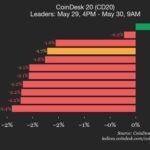

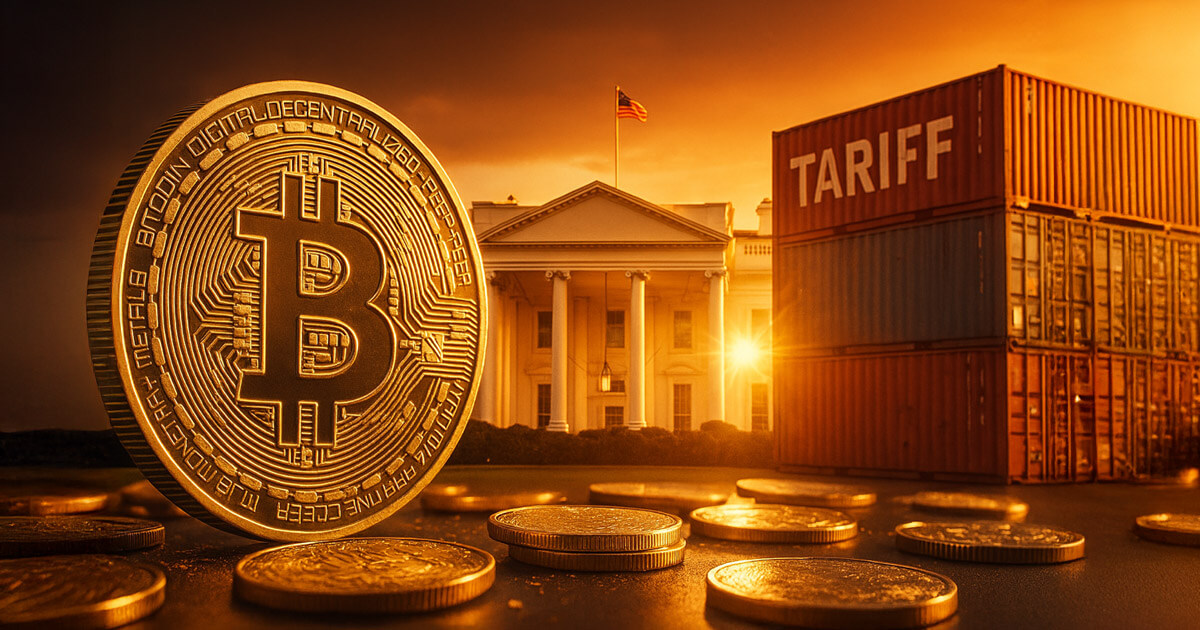

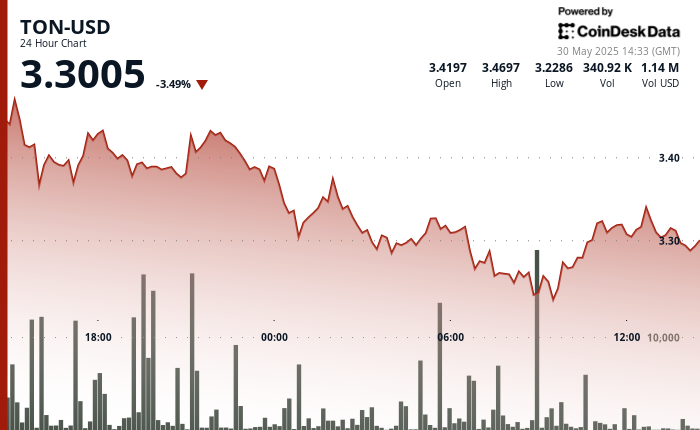



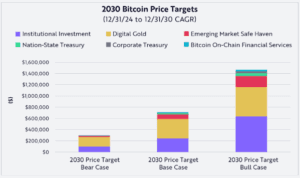





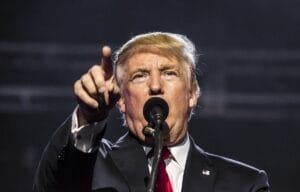

Post Comment